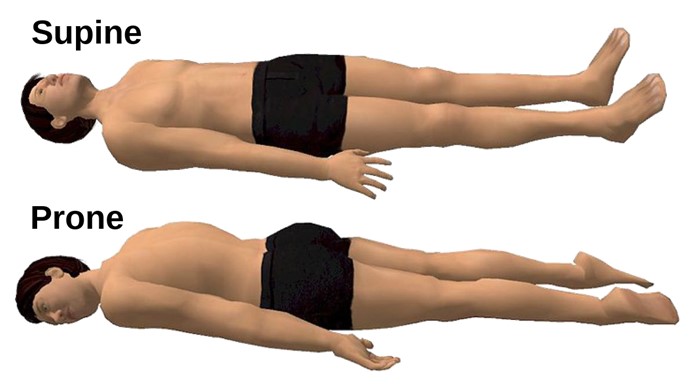A nurse is collecting data from a client who has substance use disorder and reports recently taking opioids.
Which of the following findings should the nurse identify as a manifestation of opioid intoxication?
Tachycardia
Mental alertness
Hyperreflexia
Pinpoint pupils
The Correct Answer is D
d. Pinpoint pupils.
Explanation:
Opioid intoxication is characterized by various signs and symptoms, including central nervous system depression. One common manifestation of opioid intoxication is pinpoint pupils (miosis), which is caused by the effect of opioids on the pupillary constrictor muscles. The pupils become constricted and appear as small dots, hence the term "pinpoint."
The other options are not typical manifestations of opioid intoxication. Tachycardia (rapid heart rate) is more commonly associated with stimulant use rather than opioids. Mental alertness is typically reduced in cases of opioid intoxication, as opioids cause sedation and CNS depression. Hyperreflexia (exaggerated reflexes) is not a typical finding in opioid intoxication; instead, it may occur in withdrawal from certain substances such as alcohol or benzodiazepines.
Nursing Test Bank
Naxlex Comprehensive Predictor Exams
Related Questions
Correct Answer is C
Explanation
c. Hallucination
In the scenario described, the client's experience of receiving special audible messages from the Central Intelligence Agency that no one else can hear indicates a hallucination. Hallucinations are perceptual disturbances in which a person experiences sensory perceptions without any external stimuli. They can occur in any sensory modality, such as hearing (auditory hallucinations), seeing (visual hallucinations), smelling (olfactory hallucinations), tasting (gustatory hallucinations), or feeling (tactile hallucinations).
In this case, the client is experiencing auditory hallucinations, as he is perceiving auditory stimuli (audible messages) that are not present in the external environment. Auditory hallucinations are most commonly associated with schizophrenia, although they can occur in other psychiatric disorders as well.
Derealization (option a) refers to a subjective feeling of unreality or detachment from the environment. It involves a perception that the external world is strange, distorted, or unreal. This is not the primary alteration in perception described in the scenario.
Illusion (option b) is a misinterpretation or misperception of a real sensory stimulus. It occurs when a person's perception of an actual stimulus is distorted or misunderstood. There is no indication of a misperception of a real stimulus in the scenario.
Depersonalization (option d) is a subjective experience of being detached from one's own body, thoughts, or emotions. It involves a feeling of being outside of oneself or observing oneself from a distance. This is not the primary alteration in perception described in the scenario.
Therefore, the correct answer is c. Hallucination, as the client's experience of receiving special audible messages that no one else can hear represents an auditory hallucination.
Correct Answer is C
Explanation
When instructing a client on self-administration of nasal drops, the nurse should recommend the supine position. In the supine position, the client lies on their back with the head slightly elevated. This position allows for easy access to the nostrils and facilitates the proper instillation of the nasal drops.
The other options are not recommended for instillation of nasal drops for various reasons:
a) Sims position: Simsposition is a side-lying position with the upper leg flexed. This position is often used for rectal examinations or procedures and is not suitable for instilling nasal drops.
b) Prone position: Prone position refers to lying face down. It is not ideal for administering nasal drops as it
can obstruct proper access to the nostrils and make it difficult to instill the drops accurately.
d) Orthopneic position: Orthopneic position is a sitting position with the upper body supported by pillows. It is commonly used by individuals with respiratory distress to facilitate breathing. However, it is not specifically recommended for administering nasal drops as it may not provide optimal access to the nostrils for proper instillation.

Whether you are a student looking to ace your exams or a practicing nurse seeking to enhance your expertise , our nursing education contents will empower you with the confidence and competence to make a difference in the lives of patients and become a respected leader in the healthcare field.
Visit Naxlex, invest in your future and unlock endless possibilities with our unparalleled nursing education contents today
Report Wrong Answer on the Current Question
Do you disagree with the answer? If yes, what is your expected answer? Explain.
Kindly be descriptive with the issue you are facing.
